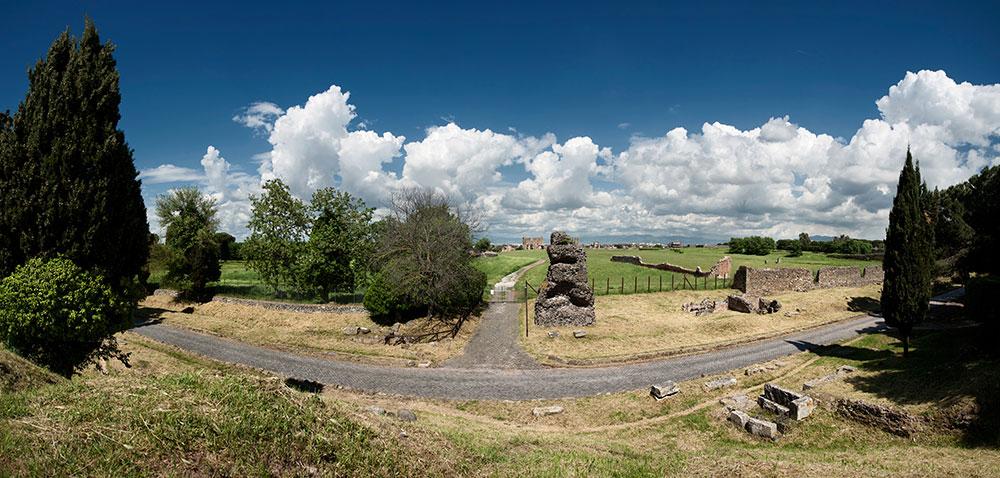All roads lead to Rome

It’s a popular saying, but while all roads no longer lead to Rome, chances are, they once did. The Romans pioneered modern road making as we know it. They replaced naturally- formed dirt tracks and pathways, with more organized, reinforced roads that not only took a more direct route, but could support the marching of armies and the movement of goods on wheeled vehicles, (even if they did rely more on horse power than horsepower). Roman roads also introduced the concept of cambers and drainage, with gutters carrying away excess rainwater, or horse waste, that fell on them.
At the peak of the Roman empire, some 400,000 km of road were created in the region, almost 25% of which was paved with stone. It was the clever planning and consistent design that led to Roman roads surviving long after the Empire itself had lost its power. Remarkably, many of the standards they established still stand.
The Romans were famous for their roads. Some Roman roads exist to this day, nearly 2000 years after they were made. One of the most famous in Italy is the Aurelia. Spanning the length of Italy, it runs from Genoa in the north west, down the coastline to Rome, then on to Reggio at the toe of the ‘boot’. In Roman times, it was the perfect way to align the marching armies by foot, with the naval vessels sailing up the coast. Today, it carries much more peaceful journeys, as holiday-makers travel north and south on vacation.
